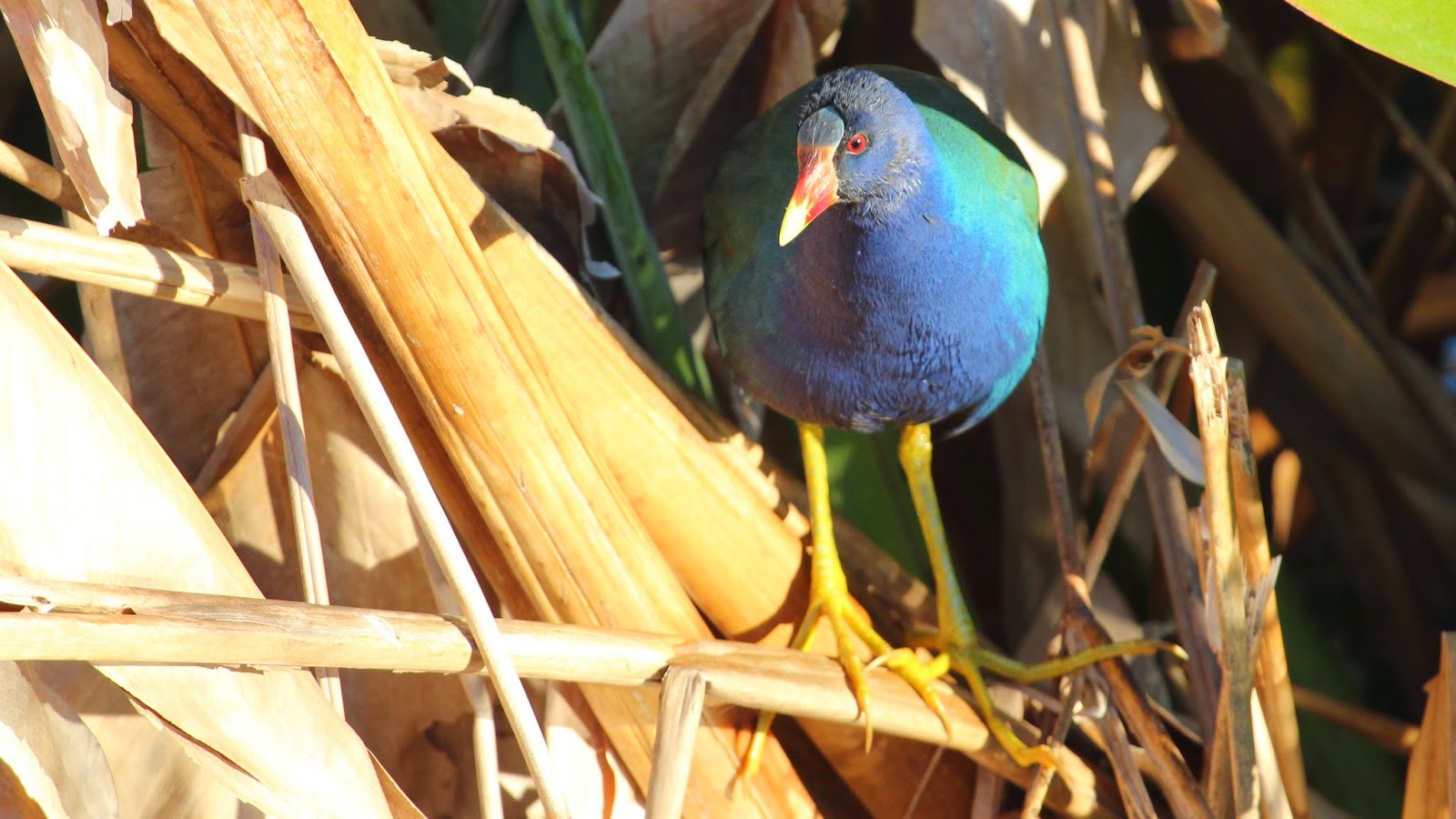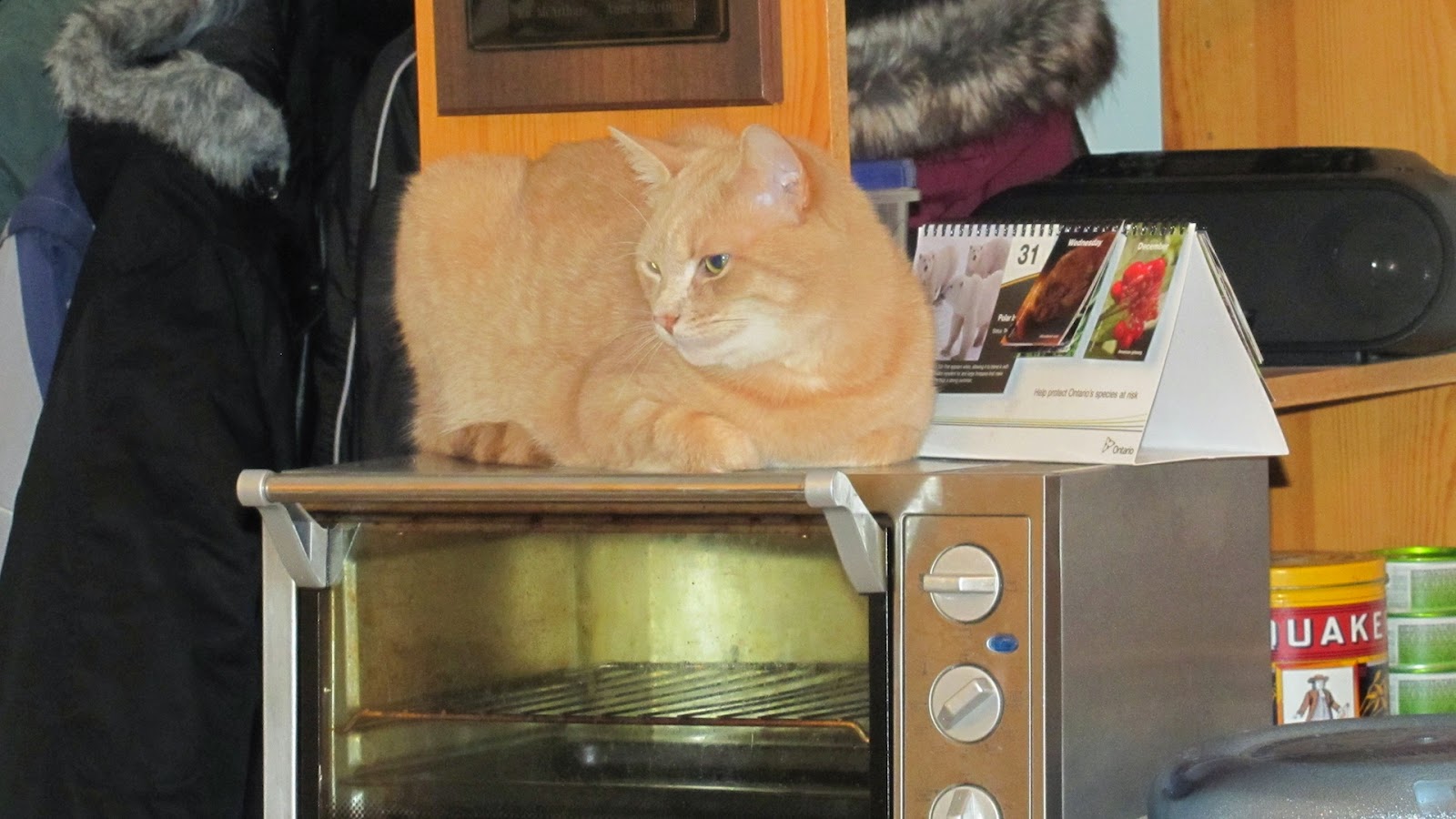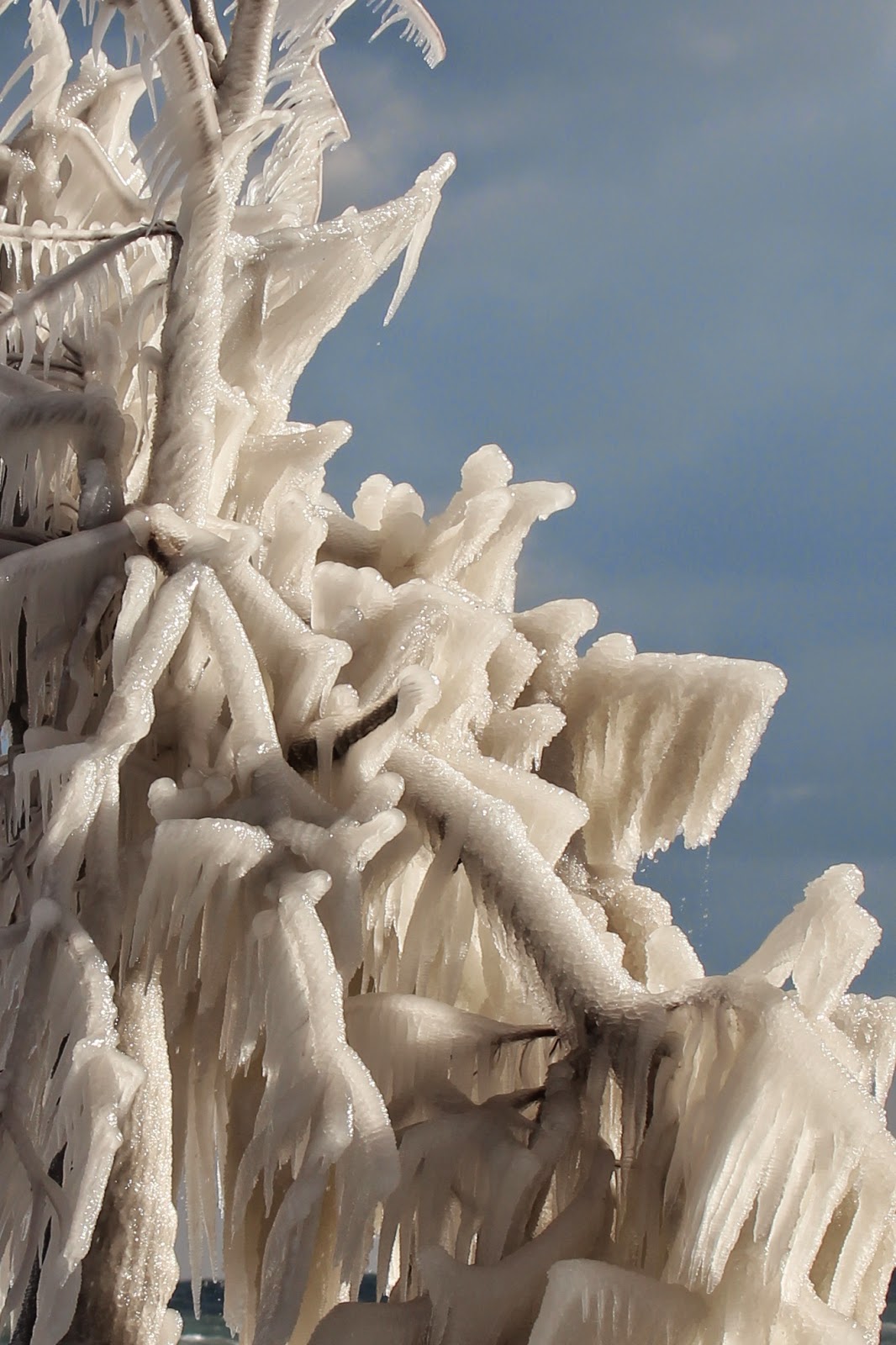Another life bird

Our Florida trip has been excellent, We have 6 new life birds so far. I don't have sophisticated photo editing software so except for a slight crop this is straight from the camera. Porphyrio martinicus The Purple Gallinule is essentially a tropical marshbird that just makes its way into the United States. But some go even farther afield. The Purple Gallinule, despite appearing to be an awkward flier, regularly turns up in northern states and southern Canada. It has even been found numerous times in Europe and South Africa.













